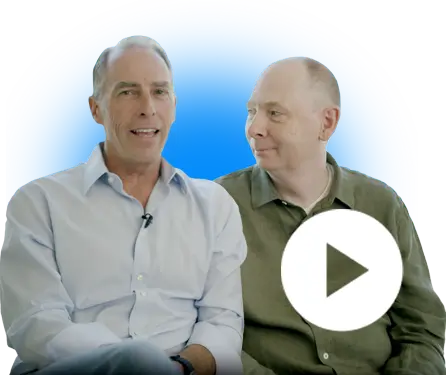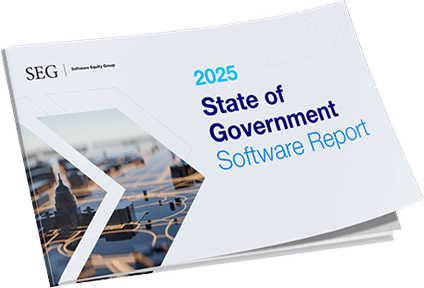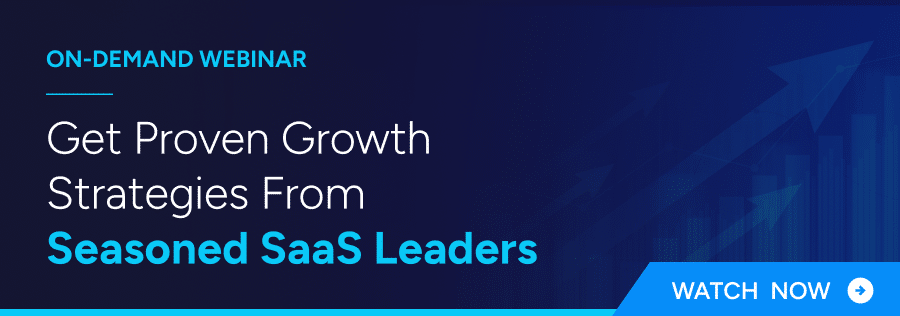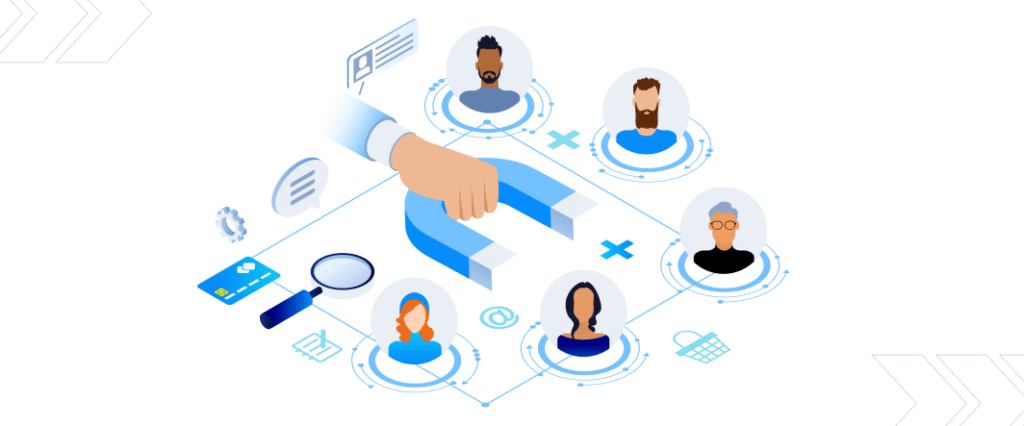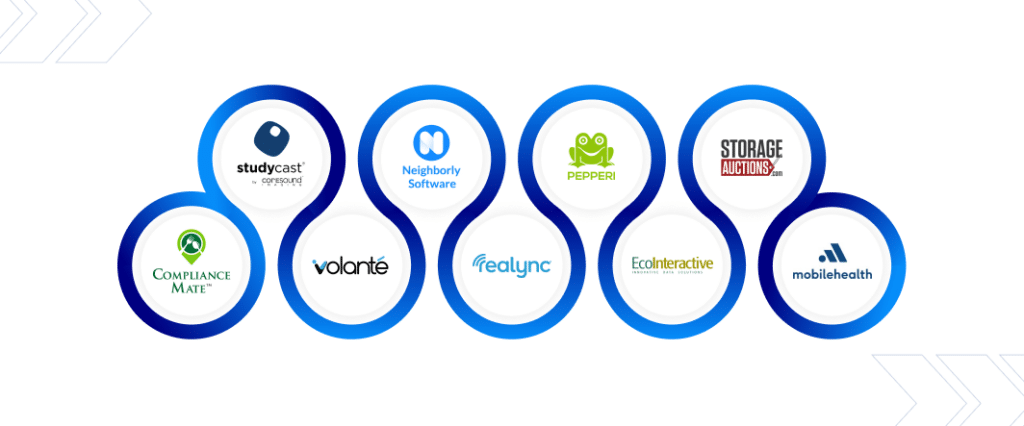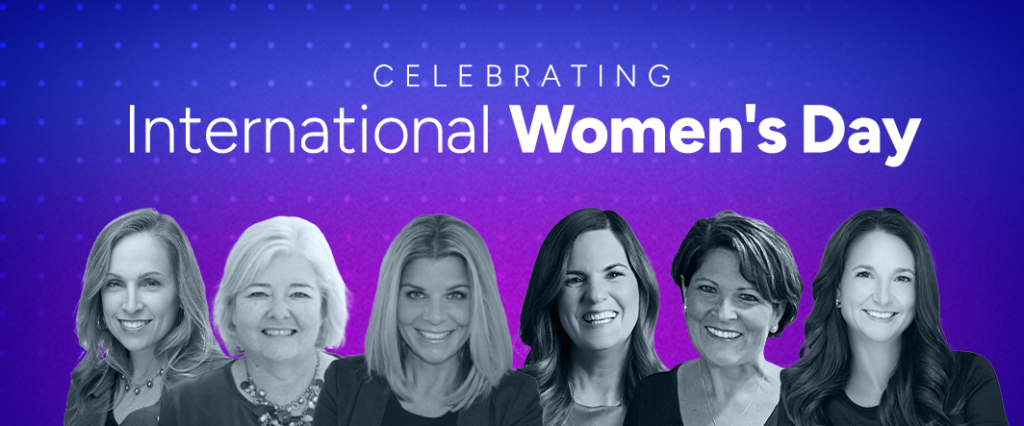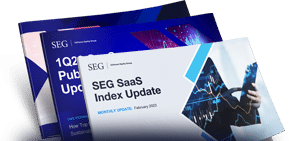Scale Your SaaS Growth Strategy With These Proven Marketing Tactics
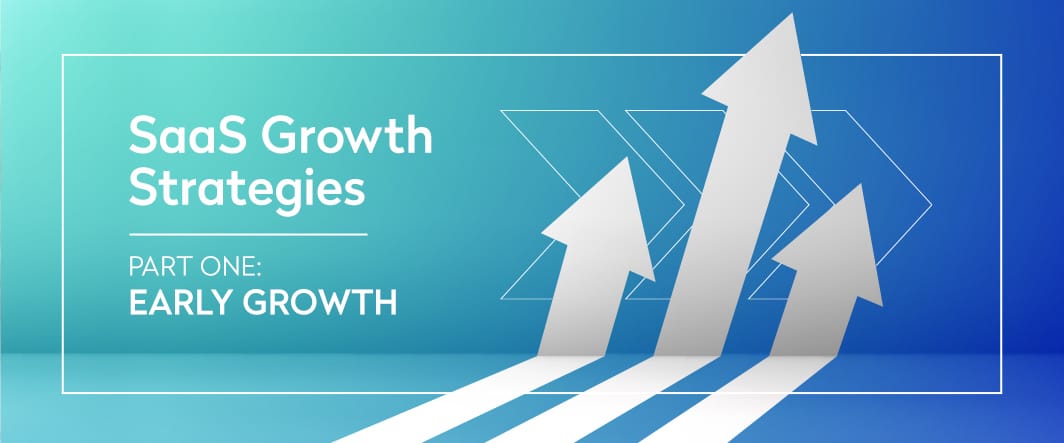
It’s no secret the majority of SaaS CEOs come from a background in either tech or sales. As a result, few understand the complex world of marketing or how important it is in helping them achieve their goals.
The truth is a strong marketing plan is essential for SaaS companies that want to scale. By implementing well-crafted marketing strategies, SaaS companies can increase brand awareness, drive lead generation, and establish strong customer relationships, ultimately leading to higher conversion rates, reduced churn, and sustainable growth.
The SEG team understands the power of a strong marketing machine. They saw firsthand through their clients incredible outcomes that were rooted in highly effective marketing. Could it work for SEG?
It was at this point that Allen Cinzori, SEG’s Managing Director, reached out to me to share his vision for the company and to see if I could help SEG elevate its brand and marketing might. As a seasoned marketing executive, I’ve worked closely with SaaS leaders to create strong brands, grow customer bases, increase revenue, and drive business growth. Prior to working for SEG, I was head of marketing for iOffice and got to know Allen and other members of the SEG team when iOffice hired SEG to represent them during two M&A events.
Now, as SEG’s first CMO, I can share my expertise with hundreds of software organizations, providing valuable insights on best practices, trends, and data to create a SaaS growth strategy that improves performance and maximizes valuations.
Scaling to $10M: Marketing Strategies for Growth Stage Companies
One important lesson I like to stress is the marketing approach that takes a SaaS company from zero to $10M is not the same as the one that will take it from $10M to $100M. In this two-part blog series, I will walk you through eight essential marketing strategies for businesses in the early and emerging stages and, in part two, another eight strategies for scaling to the $100M mark.
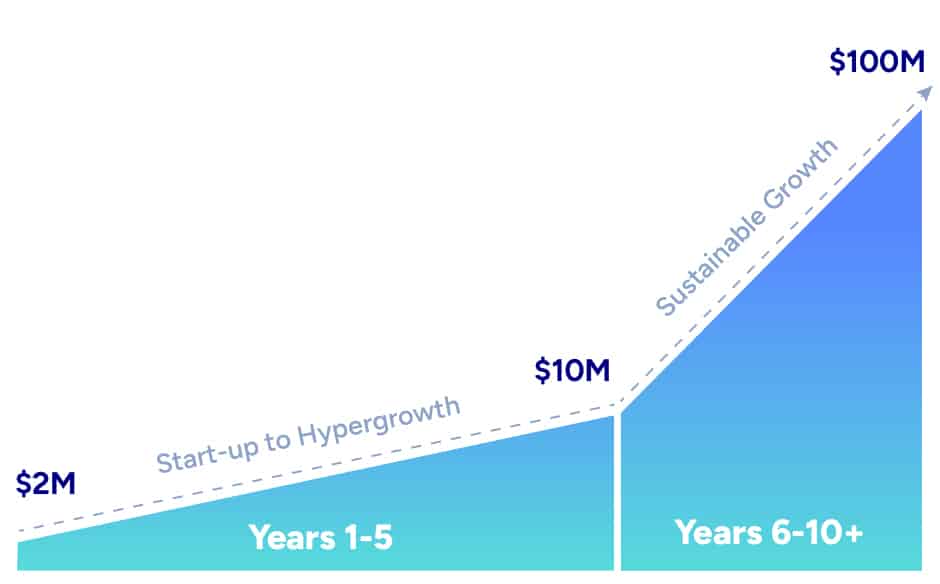
When taking a SaaS company from the startup stage to the growth stage, the primary focus for many executives is achieving an ARR of $5M to $10M. To reach this goal, companies must implement strategies and tactics that attract and retain customers, increase revenue and profitability, and differentiate from competitors. Regardless of your company’s current ARR, the following eight marketing items are the foundation every SaaS company needs to scale effectively.
1. Develop an Impactful Brand Strategy
Your brand is your most valuable asset, and the strategy here is simple: the more people who know about your brand, the more your business will grow. A strong brand strategy serves as a roadmap for building a unique and recognizable brand that resonates with your target audience.
The following are a few of the key components of a robust brand strategy:
- Purpose – why your brand exists
- Positioning– your unique value proposition
- Identity – consistent visual elements
- Experience – how customers interact with your brand
2. Create (or Improve) Your Website
In today’s world, buyers demand websites that are enjoyable to interact with and easy to use.
Your company needs a website that communicates your value proposition while providing a seamless user experience. Additionally, all site pages must be optimized for search engines and lead generation, with clear conversion paths to fill your funnel.
HubSpot, one of the top companies in MarTech, offers a set of fundamental guidelines and best practices to create a “kick-ass” website for your SaaS company. With their expertise, you can ensure your site meets the needs of today’s buyers.
3. Create a Content Marketing Strategy
Creating and distributing valuable information to attract and retain your ideal customer profile (ICP) is the foundation of content marketing. Offer value-rich resources like blogs and social posts and gated content such as eBooks and white papers to capture audience information and establish yourself as a thought leader.
Aim for a consistent publishing schedule; start by posting a blog bi-monthly and producing two lead-generation pieces yearly. Eventually, increase to weekly blogs and quarterly eBooks.
Most important, avoid sales pitches. Instead, focus on telling stories, providing value, and solving pain points. The goal of your content should be in this order: educate, engage, and sell. Remember, quality content is more important than quantity!
4. Outsource SEO and PPC Experts
When I started at iOffice, I was unfamiliar with search engine optimization (SEO) and pay-per-click advertising (PPC). For context, SEO and PPC drive traffic and leads via keyword research, on-page optimization, link building, and ad targeting. Honestly, I could have done better. I learned through testing and trials, as do most executives.
I recommend hiring a vendor to ensure you get this right from the start and avoid costly mistakes. Outsourced experts can help supplement your SaaS growth marketing strategy with these highly technical tactics. Of course, your website must be designed for optimal user experience prior to this step, or users will quickly leave. I used Kuno Creative first while at iOffice and still use them today at SEG.
5. Leverage Social Media
Social media is also great for guiding traffic to your website and generating leads. Utilize social media platforms like LinkedIn, Twitter, YouTube, Instagram, and Facebook to interact with and advertise your company’s brand and value props to your intended audience. As mentioned as part of your content marketing strategy, consistency is key, so publishing social posts on a regular basis is a must.
Our first iOffice hire, a young and skilled graduate, effectively utilized networks to distribute our thought leadership, boosting brand awareness by connecting with our target audience (CREs and FMs), building customer engagement, and driving traffic to our site, giving us a competitive edge.
6. Implement Email Marketing
Email marketing is a highly effective channel for increasing conversions, as subscribers have voluntarily signed up to receive your content, indicating their interest in your brand. However, to grow your subscriber base, consider outbound marketing to attract new leads and expand your pipeline.
To maximize the impact of your email marketing, try sequences or workflows to personalize your messaging. By utilizing targeted calls-to-action (CTAs), you can further engage your subscribers and move them along the sales funnel. This approach allows you to create a more tailored and effective email campaign that resonates with your audience and increases the likelihood of conversions.
7. Exhibit, Sponsor, & Speak at Industry Events
Attending industry events and conferences builds your network of potential customers and establishes relationships with industry influencers. Start with small-scale events before investing in a larger booth or conference, considering the high costs involved.
At iOffice, I started with a 10×10 booth and gradually grew it into one of the largest and most visited booths on the IFMA World Workplace exhibit floor (see image). The result was our highest return on marketing investment, much to the surprise of our CFO.
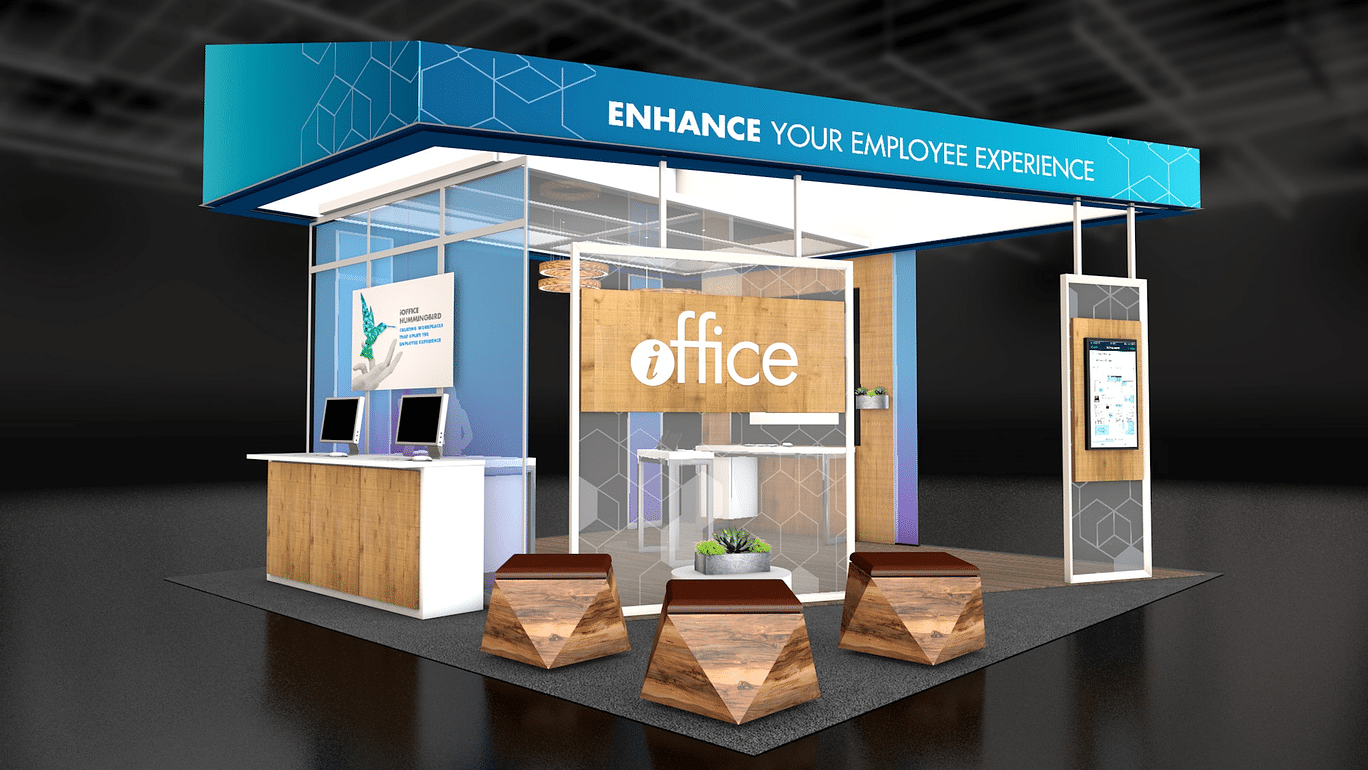
8. Measure and Optimize Marketing Efforts
The only way to find long-term success with marketing is to measure the performance of your efforts and optimize accordingly. The importance of measuring performance cannot be understated! Track marketing-specific key performance indicators (KPIs), such as funnel metrics and conversion rates, customer acquisition costs, and return on marketing investment by channels.
Despite my analytical mindset, I didn’t track the right metrics when I first started. Looking back, I believe we could have grown the company faster by identifying what was working and what wasn’t and making appropriate adjustments along the way.
Just Getting Started: Scaling Beyond $10M
The eight strategies above are an essential part of growing your company through the emerging and early stages, and together, they form the bedrock of your marketing strategy. Once you’ve grown to $10M, however, your marketing strategy will need to shift. In most cases, you will need to expand your marketing team, refine your audience, and invest in new technologies to maintain growth.
Read part two of this series for the eight next-level marketing strategies that will help get you to $100M—and beyond.
In the meantime, follow and connect with me on LinkedIn for more insights and best practices on SaaS growth marketing.
